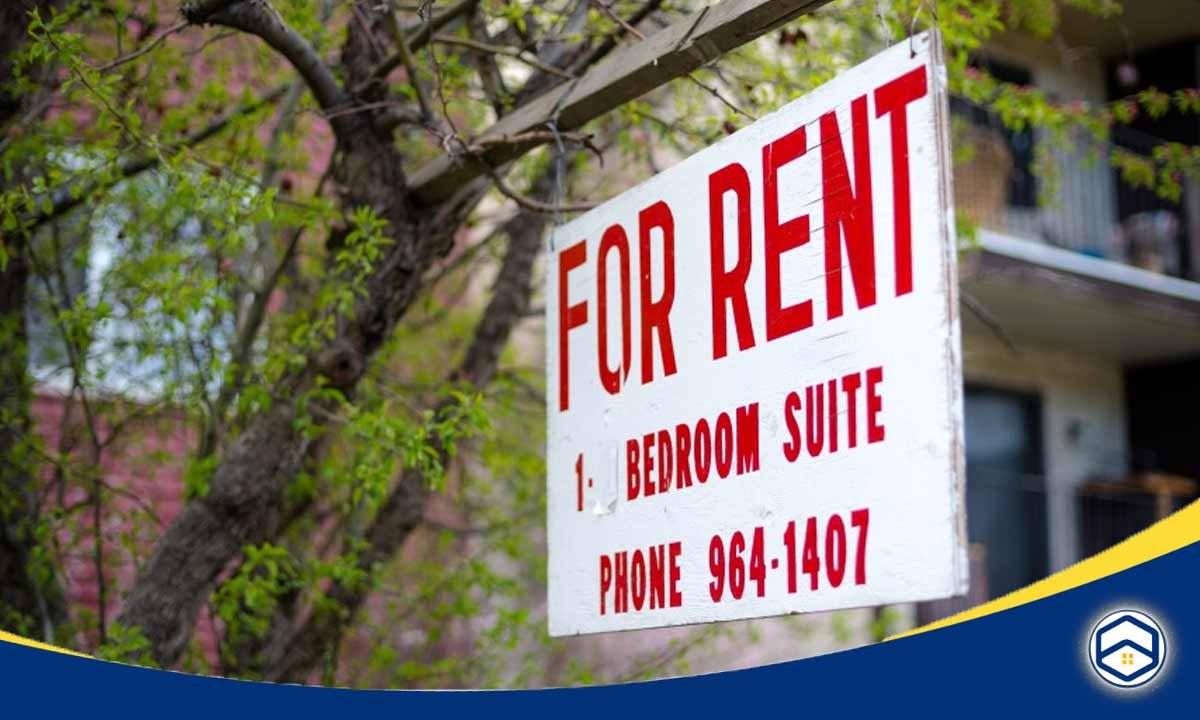As we embrace the convenience of smart devices, connecting our lights, cameras, door locks, and thermostats to the internet. These smart devices connect, giving us a lot of control and information. However, this connection also makes them vulnerable to potential problems. Just because smart devices are convenient, we should remember to keep them safe. We need to be careful and protect our devices from bad people who might try to access them without permission.
Sometimes, people consider the question “How to protect their smart home from hackers”. The good news is, that keeping your smart home safe doesn’t have to be hard. Spend a few minutes doing some easy things to enjoy your smart gadgets without worrying about hackers. It’s worth it for a secure and hassle-free smart home experience.
Enhance Network Security for a Strong Defense
In the realm of smart homes, safeguarding against unauthorized access starts with fortifying your network. Begin by updating default usernames and passwords on your routers. This simple step adds an essential layer of security, making it more challenging for potential intruders to exploit common access points. As the gateway to your digital domain, routers play a pivotal role in protecting your smart devices.

Upgrade your Wi-Fi security by implementing WPA3 encryption. This advanced standard significantly enhances the protection of your wireless network, ensuring that communication between your devices remains secure and resilient against potential breaches. It’s a fundamental yet powerful measure that forms the bedrock of a secure smart home environment.
Consider setting up a separate network exclusively for your smart devices. This segmentation strategy adds an extra layer of defense. Even if one part of your network is compromised, the isolation of your smart devices shields the rest of your connected ecosystem from potential threats. This precautionary measure ensures that the compromise of one device doesn’t jeopardize the security of others.
Regularly updating your router’s firmware, implementing network firewalls, and monitoring connected devices are additional practices to strengthen your network security to protect your smart home from one device’s compromise doesn’t jeopardize others’ security, serving as the primary defense against potential cyber threats, ensuring the security and privacy of your smart home.
Elevating Security Through Two-Factor Authentication (2FA)
In the evolving landscape of smart home security, enabling Two-Factor Authentication (2FA) is a pivotal measure to thwart unauthorized access attempts. 2FA serves as an additional layer of verification beyond conventional password protection, adding a crucial hurdle for potential hackers.
To implement 2FA effectively, start by identifying the devices and accounts that support this feature within your smart home ecosystem. Once identified, activate 2FA wherever possible. This often involves linking your accounts to a secondary verification method, such as receiving a unique code on your mobile device or email.

By requiring this extra step, 2FA significantly enhances the security posture of your smart home. Even if malicious actors manage to acquire your password, they would still need secondary verification, making unauthorized access substantially more difficult. This measure is particularly vital for sensitive devices like cameras, door locks, or security systems that play a direct role in safeguarding your home.
Regularly review and update the devices and accounts using 2FA to ensure comprehensive coverage across your smart home network. Embracing Two-Factor Authentication reinforces the resilience of your security framework, providing peace of mind in an era where cyber threats continue to evolve and then we can protect your smart home from hackers.
Implementing Unique Passwords for Enhanced Smart Home Security
The adage “use unique passwords for everything” encapsulates a fundamental principle in fortifying your smart home against potential security threats. A detailed approach to implementing unique passwords involves several key considerations.
Begin by conducting an inventory of all your smart home devices, accounts, and associated apps. Each device or platform should have its distinct, strong password. A strong password typically includes a combination of uppercase and lowercase letters, numbers, and special characters. Avoid using easily guessable information, such as birthdays or common words, to enhance the complexity of your passwords.
Consider employing a reputable password manager to generate and store unique, complex passwords for each device and account. Password managers help create robust passwords and relieve the burden of memorizing multiple credentials.

Regularly update your passwords, especially if there’s a security breach or if you suspect unauthorized access. This proactive measure ensures that even if a password is compromised, its effectiveness diminishes over time.
Apply unique passwords not only to your devices but also to your Wi-Fi network, router, and any other entry points within your smart home ecosystem. These access points are critical, and securing them with distinct passwords contributes significantly to overall security.
Educate all household members on the importance of using unique passwords and avoiding password sharing. Consistent adherence to this practice strengthens the collective security of your smart home environment.
Regularly Monitor Device Activity
Effectively safeguarding your smart home involves not just setting up security measures but also maintaining an active watch on device activity. Monitoring device activity is a multifaceted strategy that involves several key steps.
Understanding Device Logs
Delve into the activity logs of your smart devices. These logs serve as a digital trail, detailing interactions, connections, and events. Regular scrutiny of these records helps identify irregularities or potentially unauthorized activities that may compromise security.
Configuring Alerts for Proactive Notification
Take a proactive stance by setting up alerts on your smart devices. Alerts can notify you of specific events, such as unrecognized login attempts or unexpected changes in device settings. This real-time notification system empowers swift responses to potential security concerns.
Establishing Baseline Behavior
To protect your smart home from hackers, creating a baseline for normal device behavior by understanding typical usage patterns and interactions is significant. Deviations from this baseline can act as red flags, signaling potential security threats. Customization options in some devices allow users to define what constitutes normal behavior, aiding in anomaly detection.
Utilizing Security Apps for Advanced Monitoring
Explore and install reputable security apps that provide advanced monitoring and analysis features. These apps often offer enhanced capabilities for detecting and responding to potential security issues. Regularly updating these apps ensures they remain effective against evolving threats.
Securing Your Data
When parting with a smart device, it’s crucial to ensure that your personal information doesn’t linger on the gadget. Your Wi-Fi password and other sensitive data may be stored within the device, presenting a potential risk if not properly addressed.

Factory Reset
Before selling or recycling any smart device, perform a factory reset. This step wipes the device clean of personal information, and the process may vary—some devices require a physical button press, while others allow for resets through the accompanying app. Confirm the success of the reset to ensure that your data is no longer accessible through the device.
Handling Broken Devices
If a device is broken and a factory reset isn’t feasible, consider rendering it irreparable before disposal. Physical destruction is advised in such cases. Confirm the device’s irreparability before proceeding with this extreme measure. Taking precautions to avoid personal injury, use appropriate tools to break the device into pieces, preventing any potential data retrieval.
Responsible Disposal
When ready to dispose of a device, opt for responsible methods. Utilize local e-waste recycling programs, drop-off locations, or manufacturer recycling services. Avoid discarding devices in regular trash bins to prevent environmental risks and potential data exposure.
Secure Physical Destruction
If physical destruction is chosen, exercise caution to avoid personal harm. Use suitable tools to break the device into irreparable pieces, ensuring that no remnants of personal information can be retrieved. This adds a final layer of security to the disposal process.
Protecting your smart home from hackers involves everyone. Homeowners should use strong passwords, update devices, and watch for strange activity. Companies making devices must build them with good security.
Internet providers should make sure connections are safe. Rules from the government can help set standards for security. Cybersecurity experts study and share ways to stay safe. Stores selling smart devices should help customers understand security features. When everyone works together, a smart home can be both convenient and secure.

In conclusion, safeguarding your smart home from potential security threats is both achievable and essential for a worry-free experience. The outlined practical ways, from fortifying network security to implementing two-factor authentication, offer a robust defense against hackers.
Creating unique passwords, monitoring device activity, and responsibly disposing of devices contribute significantly to maintaining a secure smart home environment.
Embracing these measures not only protects your personal information but also fosters a collaborative effort among homeowners, manufacturers, service providers, regulatory bodies, and cybersecurity experts. As technology evolves, all stakeholders must work together to ensure the ongoing security of smart homes.
By adhering to best practices and staying informed about emerging threats, we can enjoy the convenience of smart devices while minimizing the risks associated with potential cyber threats to protect our smart home from hackers.
Remember, a secure smart home is a collective responsibility, and every proactive step taken contributes to a safer and more resilient connected living experience.








